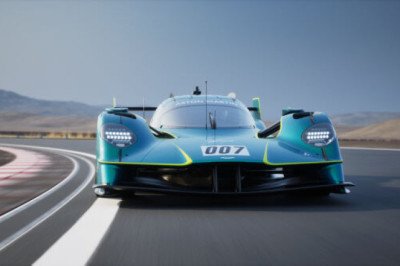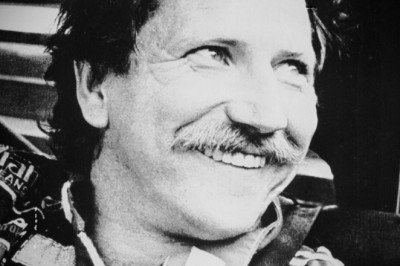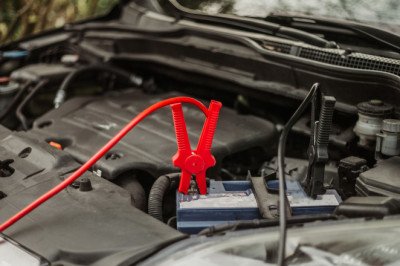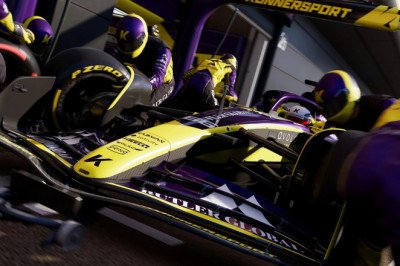
-
Maintenance: Vintage and classic cars require more frequent and specialized maintenance than new cars. They often have mechanical systems and parts that are no longer widely available, which can make maintenance more difficult and expensive.
-
Reliability: Vintage and classic cars are often less reliable than new cars, as they may have older technology and more wear and tear on their components. They may be more prone to breakdowns and require more frequent repairs.
-
Safety: Vintage and classic cars may not have the safety features that are standard in modern cars, such as airbags, anti-lock brakes, and traction control. This can make them less safe to drive, especially in the event of an accident.
-
Fuel economy: Vintage and classic cars often have lower fuel economy than modern cars, which can make them expensive to drive, especially if they are driven frequently or over long distances.
-
Cost: Vintage and classic cars can be expensive to purchase, especially if they are rare or in high demand. They may also require significant ongoing investment in maintenance, repairs, and restoration.
-
Comfort and convenience: Vintage and classic cars may lack the comfort and convenience features that are standard in modern cars, such as air conditioning, power windows, and advanced audio systems.
Overall, owning a vintage or classic car can be a rewarding experience for enthusiasts, but it also comes with its own set of challenges and drawbacks. It's important to carefully consider these factors before making a decision to purchase a vintage or classic car.















Facebook Conversations